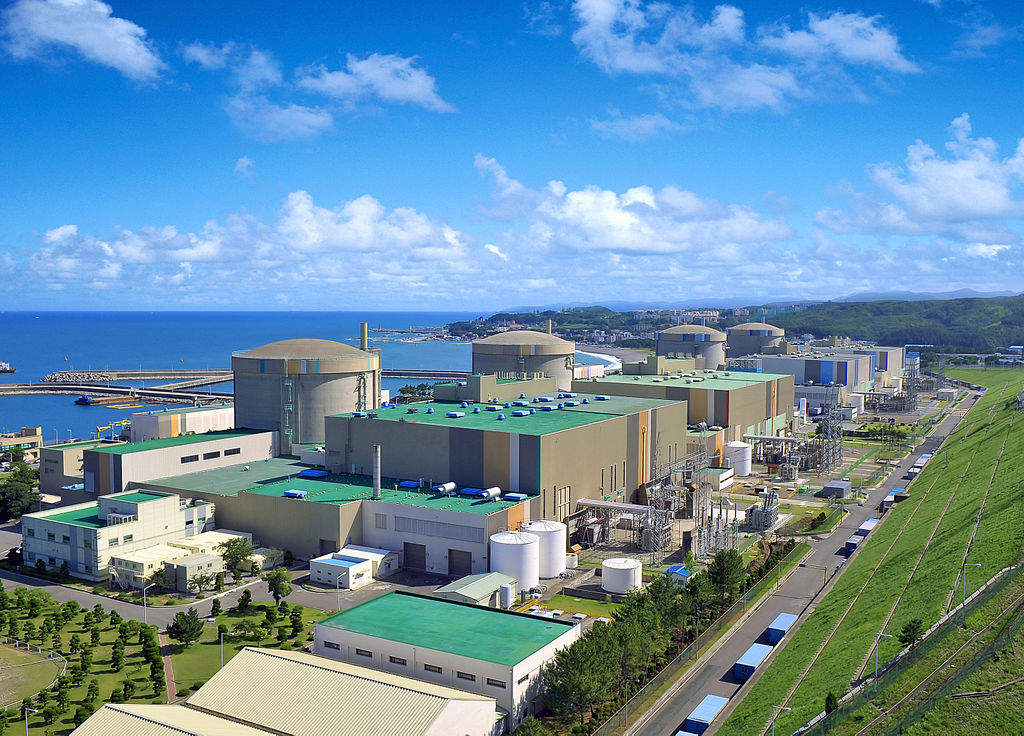
Unit 2 at the Shin-Hanul nuclear power plant in South Korea has entered commercial operation following a successful seven months of commissioning, according to Korea Hydro & Nuclear Power (KHNP), the company that runs the plant. The unit is the second of two APR-1400 reactors at the site, with another two planned for construction.
In a press statement, KHNP President and CEO Joo-ho Whang said: “We will prioritise safety in operating Shin-Hanul Unit 2 to contribute to stable energy supply and achieve carbon neutrality.”
In September 2023, Shin-Hanul Unit 2 obtained an operating licence and loaded fuel. The safety of the unit was confirmed through step-by-step power increment tests and performance tests of the reactor and turbine generator. The 1.35GW pressurised water reactor reached first criticality (a sustained chain reaction) on 6 December and was connected to the grid on 21 December.
Construction of the Shin-Hanul units began in July 2012, and Unit 1 was due to be operational by 2018. However, first criticality was not achieved until May 2022, with commercial operation beginning in December of that year.
Construction of Shin- Hanul Unit 3 is scheduled to begin this month.
South Korea is one of the world’s top nuclear power producers, with 26 reactors currently producing 25GW of electricity, making up 28% of the country’s generation mix.
In January, South Korea and the United Arab Emirates (UAE) agreed to strengthen nuclear cooperation. On a state visit to the Middle Eastern nation, South Korean President Yoon Seok-yeol visited the $20bn Barakah nuclear power plant, which began construction in 2011 after South Korea won a tender for the project in 2009.
Korea Electric Power Company led the consortium that is building the plant, which is made up of four APR1400 reactors with a lifespan of 60 years, pending regulatory approval. When the plant is fully operational, it will contribute up to 25% of the UAE’s National Determined Contributions to net zero.



